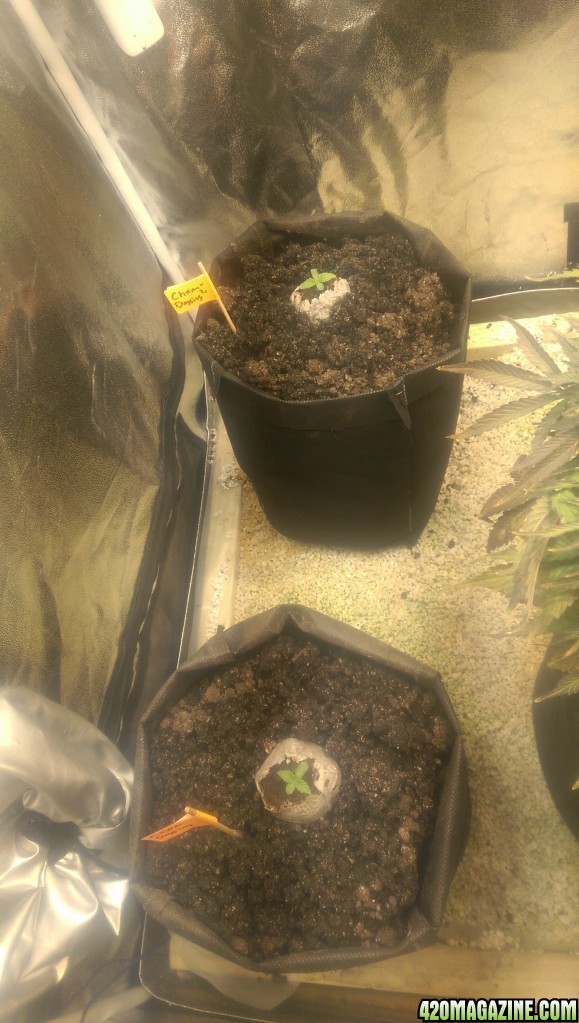featherdusta
New Member
Nitrofication spelt it wrong bloody spell checka thing not nitrogation ooooops 

How To Use Progressive Web App aka PWA On 420 Magazine Forum
Note: This feature may not be available in some browsers.







I would like a soil recipe for seedlings and clones.
I start seeds and rooted clones in 4" pots that hold about 1qt /1 lt of soil.
I transplant them into build-a-soil cc mix based recycled soil.
My current seedling mix is too hot.
I use only water during veg.
I need about 2 quarts/liters per month of seedling soil.
Soil building ingredients on hand:
Peat
perlite
used cc-mix soil
lobster compost
worm castings
compressed coco
plus:
neem oil
TM-7 (humic)
bat guano
manure
mycorrhizal cocktails
I'd think 40-50% peat with 20-30% perlite and 30% ewc makes a good seedling mix. More perlite if you want more aeration..

:
Pot size - most agree that pots should be approx 1 gallon for every month of growth (or 1 liter per week). This is a good rule of thumb, but pot shape can make a big difference. We have been conditioned to think of pots that are taller than they are wide. For many plants, including cannabis, this is not the most efficient design for optimum growth. Cannabis will root deep, but for water, not for nutrients. Most of the nutrients used by our favorite plant, are taken up in the top 8" or so of soil. Wider shallower pots will grow bigger plants. Do a search for Jorge Cervantes or some of the other videos that showcase monster outdoor plants. You will notice that these giants are all in wide shallow beds or grow bags.






I've been contemplating making fabric pots too, using woven weed-blocking fabric. I'm also thinking about making small starter pots out of burlap, with the idea that I get the benefits of air pruning and can just plant the whole thing into the bigger pot when it's time, minimizing transplant shock. Has anyone tried that? Burlap has a pretty loose weave, so roots shouldn't have any trouble penetrating it.
